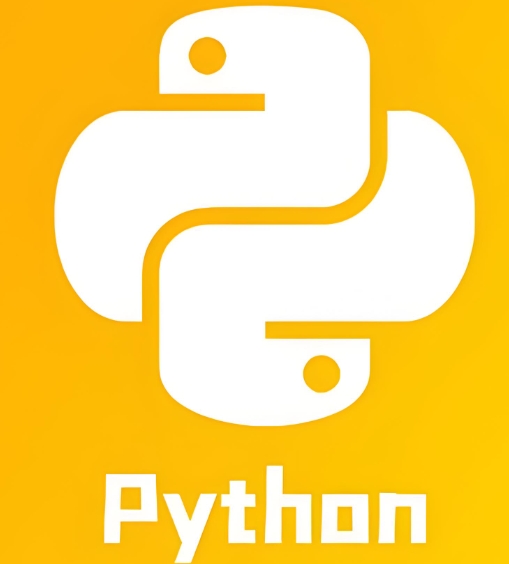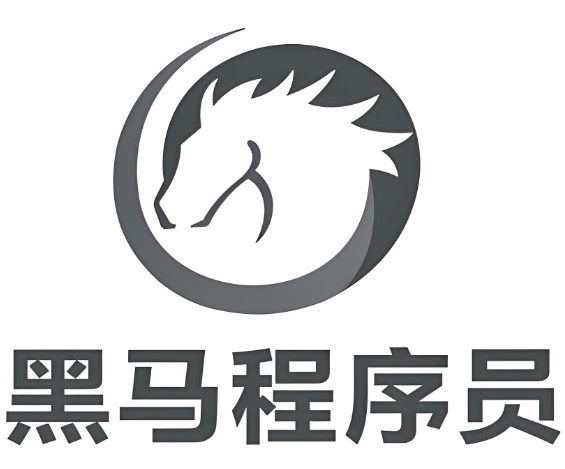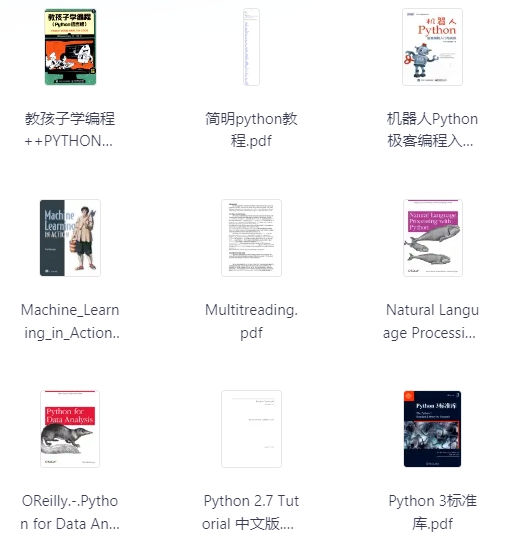深入 Python 函数定义之关键字参数。函数可以通过 关键字参数 的形式来调用,形如 keyword = value。例如,以下的函数:
def parrot(voltage, state=’a stiff’, action=’voom’, type=’Norwegian Blue’):
print “– This parrot wouldn’t”, action,
print “if you put”, voltage, “volts through it.”
print “– Lovely plumage, the”, type
print “– It’s”, state, “!”
接受一个必选参数( voltage )以及三个可选参数( state, action, 和 type )。可以用以下的任一方法调用:
parrot(1000) # 1 positional argument
parrot(voltage=1000) # 1 keyword argument
parrot(voltage=1000000, action=’VOOOOOM’) # 2 keyword arguments
parrot(action=’VOOOOOM’, voltage=1000000) # 2 keyword arguments
parrot(‘a million’, ‘bereft of life’, ‘jump’) # 3 positional arguments
parrot(‘a thousand’, state=’pushing up the daisies’) # 1 positional, 1 keyword
不过以下几种调用是无效的:
parrot() # required argument missing
parrot(voltage=5.0, ‘dead’) # non-keyword argument after a keyword argument
parrot(110, voltage=220) # duplicate value for the same argument
parrot(actor=’John Cleese’) # unknown keyword argument
在函数调用中,关键字的参数必须跟随在位置参数的后面。传递的所有关键字参数必须与函数接受的某个参数相匹配(例如 actor 不是 parrot 函数的有效参数),它们的顺序并不重要。这也包括非可选参数(例如 parrot(voltage=1000) 也是有效的)。任何参数都不可以多次赋值。下面的示例由于这种限制将失败:
def function(a):
… pass
…
function(0, a=0)
Traceback (most recent call last):
File “”, line 1, in ?
TypeError: function() got multiple values for keyword argument ‘a’
引入一个形如 **name 的参数时,它接收一个字典(参见 Mapping Types — dict ),该字典包含了所有未出现在形式参数列表中的关键字参数。这里可能还会组合使用一个形如 *name (下一小节详细介绍)的形式参数,它接收一个元组(下一节中会详细介绍),包含了所有没有出现在形式参数列表中的参数值。( *name 必须在 **name 之前出现)例如,我们这样定义一个函数:
def cheeseshop(kind, *arguments, **keywords):
print “– Do you have any”, kind, “?”
print “– I’m sorry, we’re all out of”, kind
for arg in arguments:
print arg
print “-” * 40
keys = sorted(keywords.keys())
for kw in keys:
print kw, “:”, keywords[kw]
它可以像这样调用:
cheeseshop(“Limburger”, “It’s very runny, sir.”,
“It’s really very, VERY runny, sir.”,
shopkeeper=’Michael Palin’,
client=”John Cleese”,
sketch=”Cheese Shop Sketch”)
当然它会按如下内容打印:
— Do you have any Limburger ?
— I’m sorry, we’re all out of Limburger
It’s very runny, sir.
It’s really very, VERY runny, sir.
client : John Cleese
shopkeeper : Michael Palin
sketch : Cheese Shop Sketch
注意在打印关键字参数之前,通过对关键字字典 keys() 方法的结果进行排序,生成了关键字参数名的列表;如果不这样做,打印出来的参数的顺序是未定义的。




最新评论